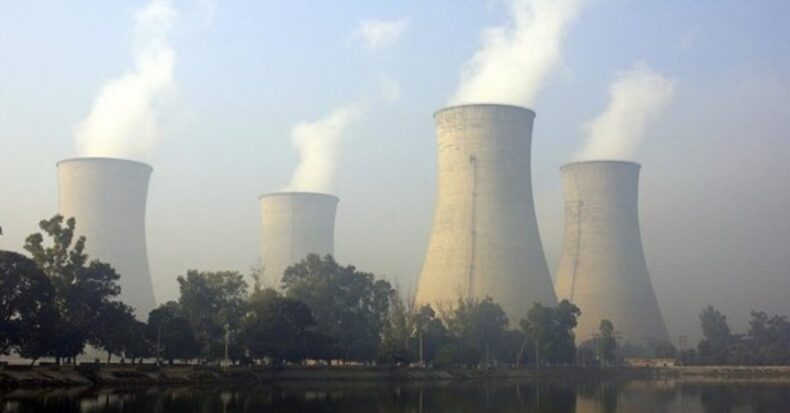The current power crisis is much more than the coal shortage, and due to that, the power sector has been collapsing.
The current power crisis is far beyond coal, and it is the power sector that’s failing, former coal secretary Anil Swarup said on Tuesday as the coal shortage begins to trouble the states.
NCL (Northern Coalfields Limited) stated that they are safeguarding sufficient fuel supply to encounter the nation’s growing energy demand and reaffirmed its commitment to uninterrupted fuel dispatch to its dependent coal consumers, including thermal power plants.
About NCL (Northern Coalfields Limited):
Northern Coalfields Limited (NCL), Singrauli is a leading contributor to fulfilling the nation’s energy requirement. NCL has been a wholly-owned subsidiary of Coal India Limited, under the Ministry of Coal, Government of India, and Mini Ratna (Category-I) company since 2007.
NCL operates primarily to produce coal with due regard to social upliftment, sustainable development, and environmental up-gradation. It is an ISO 9001:2015, ISO 14001:2015, and ISO 45001:2018 certified company.
The organization’s main products include non-coking coal in grades G5 to G13 besides ‘De-shale Coal’, and the ‘Coal Rejects’. About 86% of the coal produced is dispatched to Power Sector. NCL has a share of about 15% of the nation’s total coal production, i.e., a contribution of about 10% of the entire power generation.
NCL was formed in November 1985, encircling Singrauli Coalfield that was engraved out of Central Coalfields Ltd.
They have produced 115.04 million Tonnes (MT) of coal, i.e., 101.80% of the target in FY 2020-21 with 6.50% growth over last year. It was for the 3rd consecutive year when NCL surpassed the 100 MT milestone.
The coal supplies of NCL have made it conceivable to produce about 10515 MW of electricity from coalmine power plants with a power generation capacity of 13295 MW.
Current power crisis:
The current crisis at India’s power plants originated later in August and September 2021. Power difficulties in these two months have been raised to 17 percent compared to the same period in 2019.
It is also because the demand for domestic coal has surpassed the supply by quite a margin. A balance can be possible only if the global supply chain improves in terms of prices and availability.
Secondly, according to a central government statement, the share of coal-based generation during this period also increased from 61.91 percent in 2019 to 66.35 percent in 2021.
Other activities that are affecting the current power crisis:
Coal imports are one of the other reasons involving the current power crisis. As the supply fell, demand also increased by power plants fell 45% in July and August compared to the same period last year, while India’s non-power sectors grew more dependent on domestic coal.
The state-owned Coal India generally allocates coal prices in India. So, domestic prices do not rise as substantially when international prices increase since it would affect power prices.
India is the world’s third-largest coal importer, despite having a large coal reserve. However, a wide gap between soaring international and domestic coal prices saw imports of coal shortage abruptly in recent months.
What could happen next?
India’s Power Minister Raj Kumar Singh reportedly advised that the energy supply crunch could last as long as six months.
And since the festive season in India has already begun this month itself, the power supply is used for not just essential needs but also decoration and other conditions. The power demands might upsurge, and the situation can worsen if the global demand for Indian exports rises substantially.













